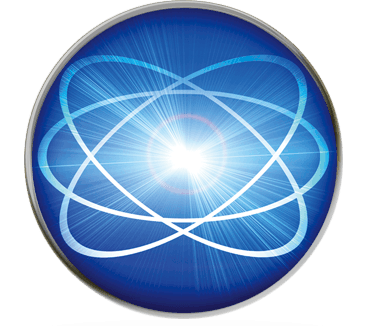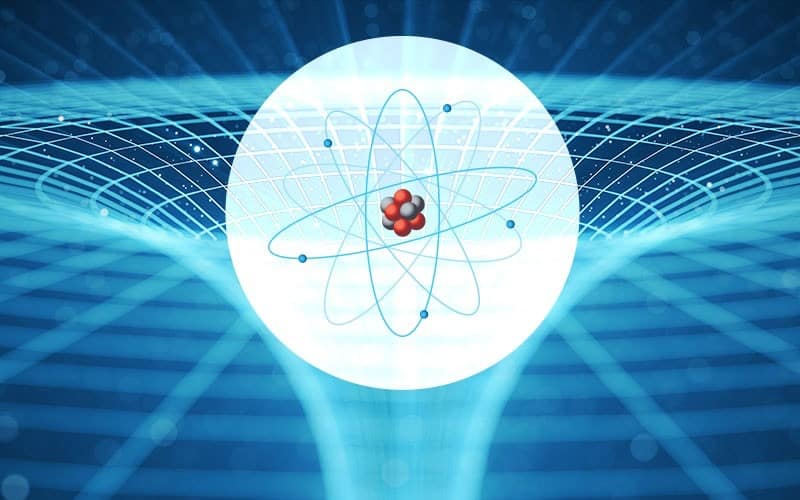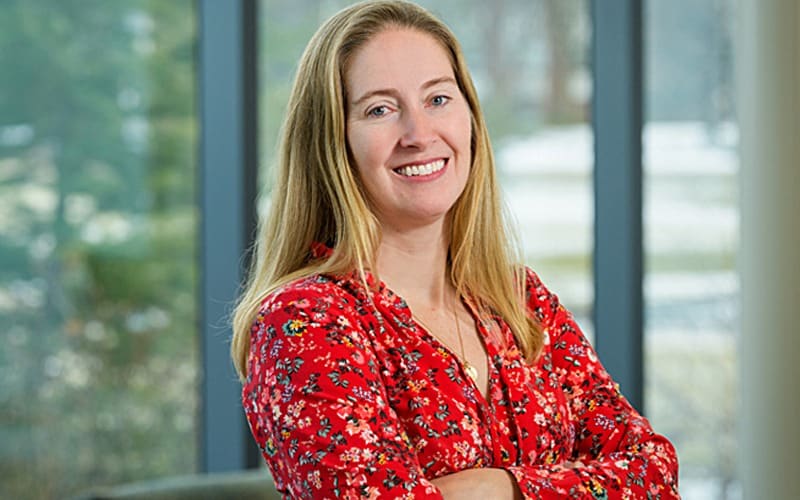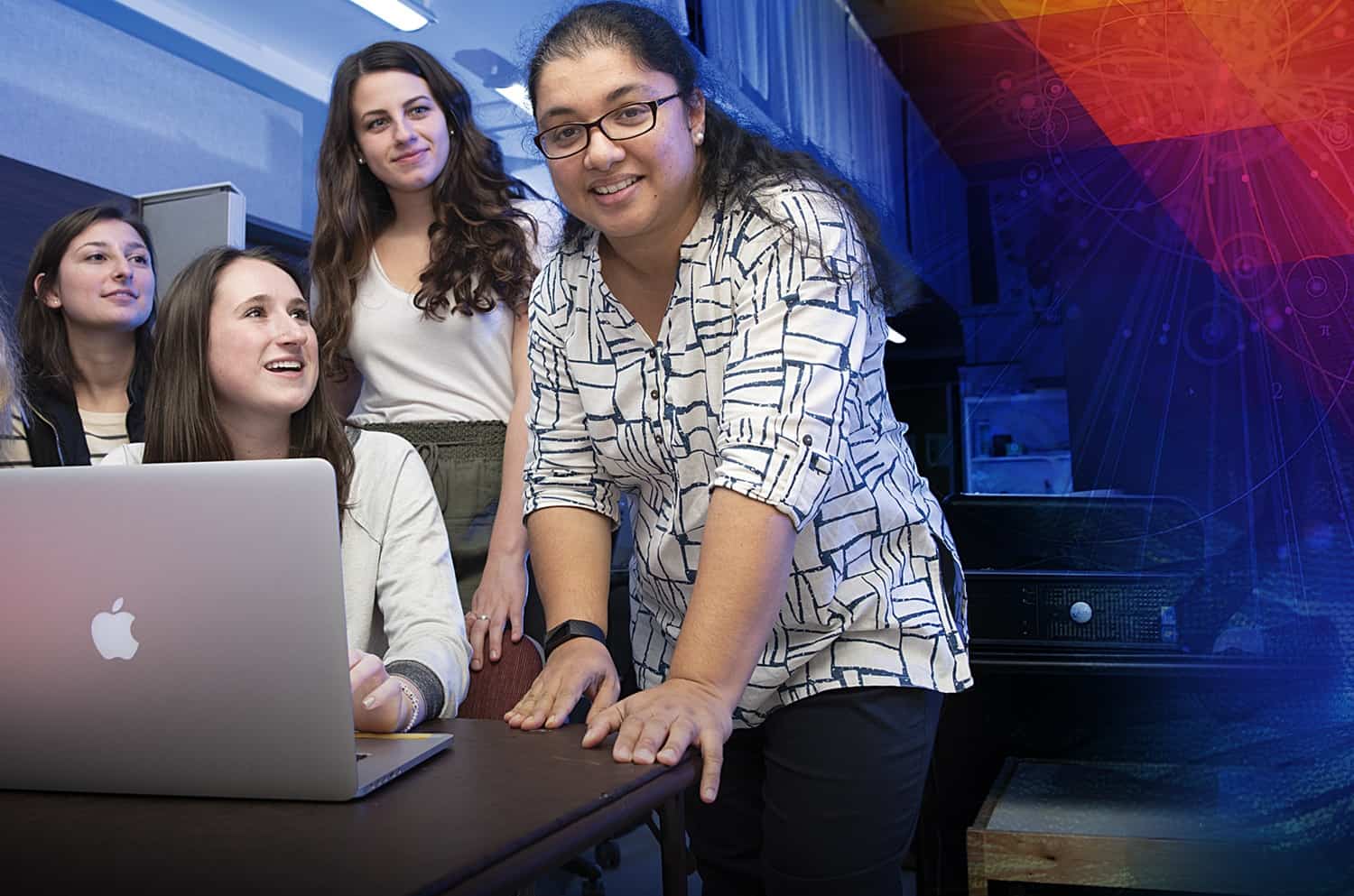 Research & Discovery
Research & Discovery
A Blog Devoted to UD Innovation, Excellence and Scholarship
Research & Discovery
A Blog Devoted to UD Innovation, Excellence and Scholarship
Minding the atomic clock
ABOVE: UD Professor Marianna Safronova is a theoretical physicist. Safronova recently collaborated with a team of researchers at the Physikalisch-Technische Bundesanstalt (PTB) in Germany that used atomic clocks to test the symmetry of space-time. | Illustration by Jeffrey Chase
UD professor helps test the symmetry of space-time
When you call up driving directions on your smartphone or program a destination into your car’s global positioning system (GPS), satellites in space are called upon to pinpoint your vehicle’s location.
As you cruise down the road, GPS satellite signals crisscross the skies constantly updating this data. The technology relies on an atomic clock, the most accurate timepiece in the world, embedded inside the satellite to do the job.
Even a tiny fraction of a second difference in the timing of these satellite signals, however, can mean the difference between making — or missing — your exit off the highway.
Physicists like University of Delaware Professor Marianna Safronova are continually working to improve the precision of atomic clocks, which keep time by measuring the frequency of vibration within atoms, tiny particles made up of protons, neutrons and electrons. Atomic clocks are used to synchronize many global systems and allow considerable research in physics and other sciences, too.
Now, Safronova has collaborated with a team of researchers at the Physikalisch-Technische
Bundesanstalt (PTB) in Germany that recently used atomic clocks to test the symmetry of space-time. According to Albert Einstein’s special theory of relativity, the speed of light is the same in all directions of space. Scientists have tested this hypothesis extensively for many decades and, so far, all experiments confirm this theory to be true.
Yet, physicists have long questioned whether this symmetry applies to particles in motion.
In earlier work, PTB researchers showed that a particular atomic clock, which ticks by measuring the frequency of ytterbium ions (a type of atom), is extremely sensitive to what’s known as Lorentz symmetry. Named after Hendrik Antoon Lorentz, Lorentz symmetry states that the laws of physics will remain the same no matter what direction you face or how fast you are moving. This is a fundamental cornerstone of modern physics and any deviation from this rule would be considered a great discovery.
In the current study, the research team monitored two identical optical ytterbium atomic clocks developed at PTB over a six-month period. The clocks were positioned at right angles to one another and rotated once every 24 hours just like the Earth. By comparing how the two clocks ticked, the researchers were able to confirm that they were keeping time at the same rate, despite the fact that they were positioned differently in space. While the clocks aren’t perfect, they would remain accurate for an exceedingly long time — losing only one second over 10 billion years. The study is the first long-term comparison to validate the accuracy of optical clocks at such precision.
The research team’s study supports that Lorentz symmetry holds despite the fact that theoretical models of quantum gravity predict that this may not always be true. Their work improves the limit on such effect for electrons by a factor of 100 over the previous advance in 2015, also by a team that included Safronova. This finding is especially impressive because the 2015 experiment already demonstrated a hundredfold improvement over results from earlier studies.
Safronova and UD research scientist Sergey G. Porsev, both from UD’s Department of Physics and Astronomy, contributed the mathematical calculations that allowed the researchers to predict this sensitivity of the ytterbium clocks.
“It’s very unusual to have such improvement over a short period of time,” said Safronova, who also is associated with the National Institute of Standards and Technology and the Joint Quantum Institute.
The researchers reported their findings in a paper in the scientific journal Nature.





